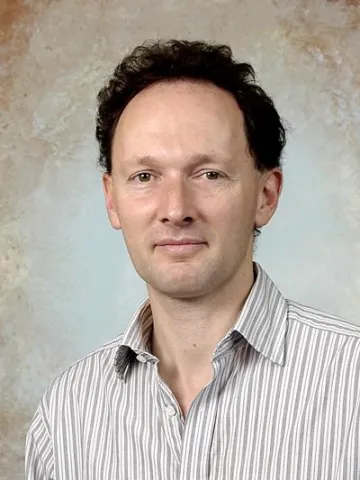Project overview
QICS (Quantifying and monitoring environmental impacts of geological carbon storage) was a program funded by the Natural Environment Research Council (NERC), with support from the Scottish Government (May 2010 - December 2014) with two objectives. Firstly, to assess if any significant environmental impact would arise, if a leak from sub-sea, deep geological storage of carbon dioxide occurred. Secondly, to test and recommend tools and strategies for monitoring for (or assuring the absence of) leakage at the sea floor and in overlying waters. The Southampton component comprised passive and active acoustic detection and quantification of the carbon dioxide as it propagated through near-surface sediments into the water column. This worked was incorporated into the PhD theses of two Southampton PhD students: Melis Cevatoglu and Benoit Berges. The key paper describing the results was published in Nature Climate Change (Blackford et al., 2014).
Fossil fuel power generation and other industrial emissions of carbon dioxide are a threat to global climate1, yet many economies will remain reliant on these technologies for several decades2. Carbon dioxide capture and storage (CCS) in deep geological formations provides an effective option to remove these emissions from the climate system3. In many regions storage reservoirs are located offshore4,5, over a kilometre or more below societally important shelf seas6. Therefore, concerns about the possibility of leakage7,8 and potential environmental impacts, along with economics, have contributed to delaying development of operational CCS. Here we investigate the detectability and environmental impact of leakage from a controlled sub-seabed release of CO2. We show that the biological impact and footprint of this small leak analogue (<1 tonne CO2 d−1) is confined to a few tens of metres. Migration of CO2 through the shallow seabed is influenced by near-surface sediment structure, and by dissolution and re-precipitation of calcium carbonate naturally present in sediments. Results reported here advance the understanding of environmental sensitivity to leakage and identify appropriate monitoring strategies for full-scale carbon storage operations.
Fossil fuel power generation and other industrial emissions of carbon dioxide are a threat to global climate1, yet many economies will remain reliant on these technologies for several decades2. Carbon dioxide capture and storage (CCS) in deep geological formations provides an effective option to remove these emissions from the climate system3. In many regions storage reservoirs are located offshore4,5, over a kilometre or more below societally important shelf seas6. Therefore, concerns about the possibility of leakage7,8 and potential environmental impacts, along with economics, have contributed to delaying development of operational CCS. Here we investigate the detectability and environmental impact of leakage from a controlled sub-seabed release of CO2. We show that the biological impact and footprint of this small leak analogue (<1 tonne CO2 d−1) is confined to a few tens of metres. Migration of CO2 through the shallow seabed is influenced by near-surface sediment structure, and by dissolution and re-precipitation of calcium carbonate naturally present in sediments. Results reported here advance the understanding of environmental sensitivity to leakage and identify appropriate monitoring strategies for full-scale carbon storage operations.
